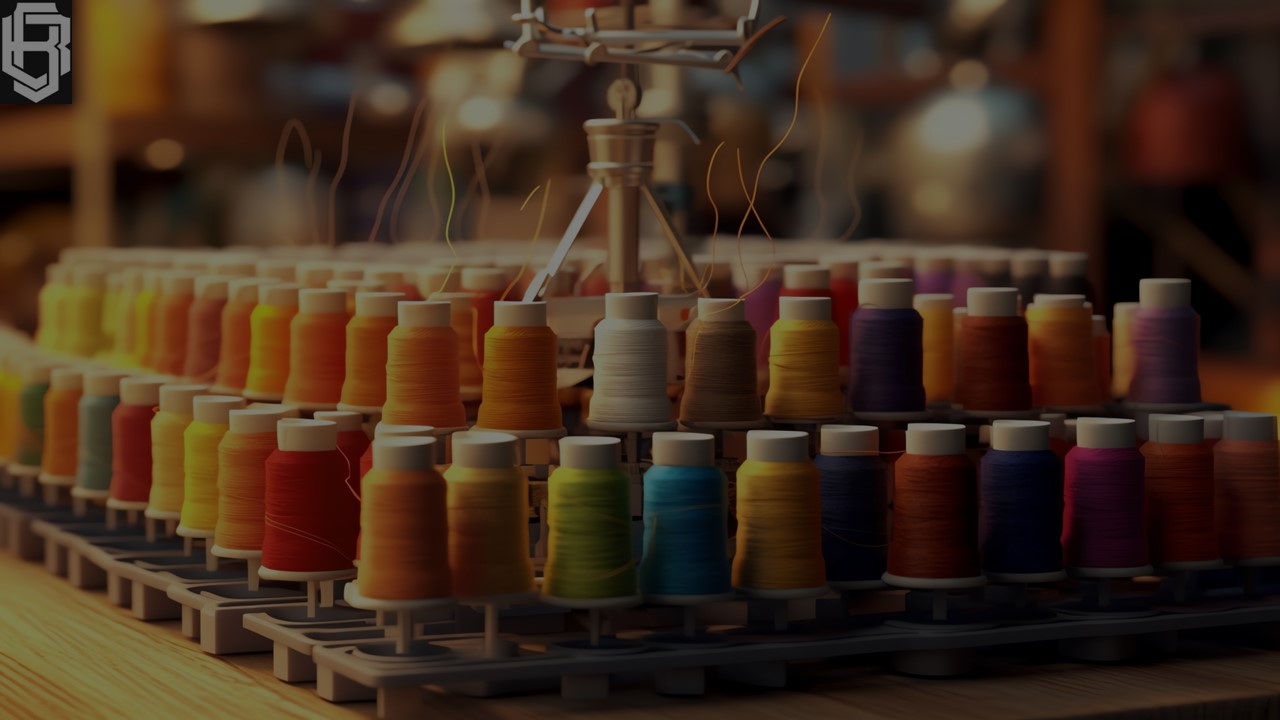In the dynamic world of fashion, textiles play a pivotal role in shaping trends, defining styles, and capturing the imagination of designers and consumers alike. From luxurious silks and sumptuous velvets to innovative eco-friendly fabrics and high-tech performance materials, the textile industry is a hotbed of creativity, innovation, and sustainability. In this blog post, we’ll explore the latest textile trends and innovations that are shaping the future of fashion and textiles.
Sustainable Fabrics: Fashion with a Conscience
With growing awareness of environmental issues and the impact of the fashion industry on the planet, sustainable fabrics have emerged as a major trend in the textile industry. From organic cotton and hemp to recycled polyester and biodegradable fabrics, designers and manufacturers are increasingly embracing eco-friendly materials that minimize environmental impact and promote ethical production practices. Sustainable fashion is not just a passing trend—it’s a movement towards a more responsible and sustainable future for the fashion industry.
Performance Fabrics: Fashion Meets Functionality
In addition to sustainability, performance fabrics are also gaining traction in the textile industry, blurring the lines between fashion and functionality. These high-tech materials offer a range of benefits such as moisture-wicking, UV protection, temperature regulation, and odor resistance, making them ideal for activewear, athleisure, and outdoor apparel. From compression fabrics that enhance performance to smart textiles with integrated sensors and technology, performance fabrics are revolutionizing the way we think about fashion and functionality.
Textile Innovation: Pushing the Boundaries of Creativity
Advancements in technology and textile engineering are driving innovation in the textile industry, pushing the boundaries of creativity and opening up new possibilities for designers and manufacturers. From 3D printing and digital weaving to fabric manipulation techniques and biofabrication, textile innovation is unlocking new textures, patterns, and structures that were previously unimaginable. These cutting-edge techniques are not only revolutionizing the way textiles are produced but also inspiring a new wave of creativity and experimentation in fashion design.
Heritage Textiles: Celebrating Tradition and Craftsmanship
Amidst the fast-paced world of fashion, there’s a growing appreciation for heritage textiles that celebrate tradition, culture, and craftsmanship. From handwoven textiles and traditional dyeing techniques to indigenous fabrics and artisanal craftsmanship, heritage textiles tell a story of cultural identity, heritage, and craftsmanship that transcends trends and seasons. In an era of mass production and fast fashion, heritage textiles offer a sense of authenticity, quality, and connection to the past that resonates with consumers seeking meaning and value in their purchases.
Textile Recycling and Upcycling: Closing the Loop on Waste
As the fashion industry grapples with the environmental impact of textile production and waste, textile recycling and upcycling have emerged as viable solutions for reducing waste and conserving resources. From recycling post-consumer textiles into new fabrics to upcycling pre-loved garments into one-of-a-kind creations, these circular fashion practices are closing the loop on waste and promoting a more sustainable approach to fashion production. By giving new life to old textiles and minimizing the need for virgin materials, textile recycling and upcycling are paving the way for a more circular and regenerative fashion industry.
Conclusion
From sustainable fabrics and performance textiles to textile innovation and heritage craftsmanship, the textile industry is undergoing a period of unprecedented change and innovation. As consumers become more conscious of the environmental and social impact of their fashion choices, there’s a growing demand for textiles that are not only stylish and functional but also sustainable and ethical. By embracing sustainability, innovation, and craftsmanship, the textile industry has the opportunity to shape the future of fashion and textiles in a way that is both creative and responsible. As we navigate the ever-evolving landscape of fabric fashion, let us celebrate the diversity, creativity, and ingenuity of the textile industry and work towards a more sustainable and inclusive future for fashion and textiles.

